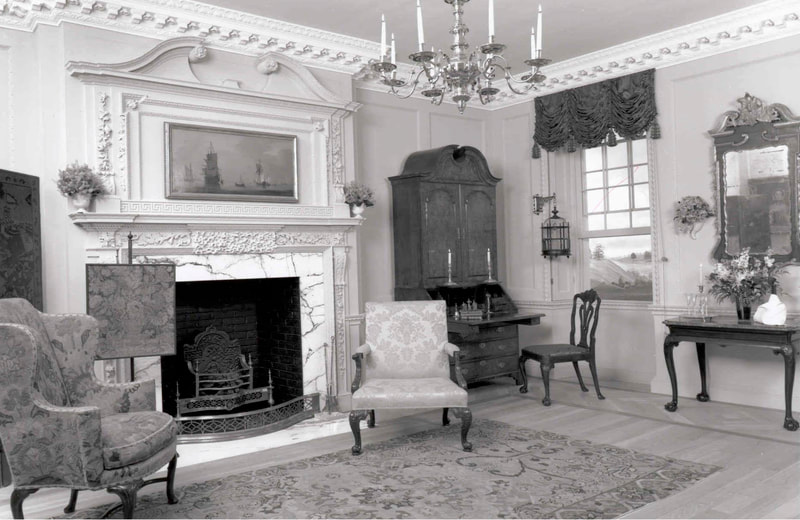HISTORIC PERIOD ROOMS FOR SALE
I AM EXCITED TO ANNOUNCE!
The LSU Museum of Art in Baton Rouge has officially contracted me to offer for sale
four extraordinary and fine period rooms..
They have been properly deaccessioned from their collection several years ago.
Note: these rooms have been removed from their Memorial Tower location,
each element individually crated and stored at an LSU facility in Baton Rouge.
Let me know if you're interested in purchasing one of these rooms! Let me know if you have any questions.
CLICK LINKED IMAGES BELOW TO SEE EACH ROOM!
GREEK REVIVAL IS SOLD!
The LSU Museum of Art in Baton Rouge has officially contracted me to offer for sale
four extraordinary and fine period rooms..
They have been properly deaccessioned from their collection several years ago.
Note: these rooms have been removed from their Memorial Tower location,
each element individually crated and stored at an LSU facility in Baton Rouge.
Let me know if you're interested in purchasing one of these rooms! Let me know if you have any questions.
CLICK LINKED IMAGES BELOW TO SEE EACH ROOM!
GREEK REVIVAL IS SOLD!
The Louisiana State University Museum of Art (LSU MOA) seeks to dispose of the architectural elements
(NOT CONTENTS)
of four deaccessioned period rooms:
CLICK FOR DETAILS
Jacobean Room | Hacton Room | Greek Revival Room | Colonial Room
A FEW NOTES REGARDING DEACCESSIONING
Each period room is deaccessioned from the museum’s permanent collection.
As deaccessioned objects, the various architectural elements of the rooms must be disposed
in a manner consistent with museum best practices, policies, and ethics.
As deaccessioned objects, the various architectural elements of the rooms must be disposed
in a manner consistent with museum best practices, policies, and ethics.
Deaccessioning is the process by which an object is permanently removed from a museum’s collection. In some ways, the deaccessioning process is more rigorous than the process of adding an object to the museum’s permanent collection. The LSU Museum of Art’s Collection Management Policy section Deaccession and Removal lists criteria for deaccessioning materials in the museum’s collection. These criteria follow those accepted by the museum profession and listed in the Association of Art Museum Directors Policy on Deaccessioning (Association of Art Museum Directors, AAMD Policy on Deaccessioning, June 9, 2010, amended 10/2015). The museum may deaccession the period rooms because they are no longer consistent with the mission or collecting goals of the LSU Museum of Art.
Deaccessioning refers only to the process of changing the status of an object from being part of a museum’s permanent collection to not being part of the permanent collection. A deaccessioned object is no longer held in public trust and may be used and stored in more ways than an accessioned object. Deaccessioning does not affect ownership of the object.
Disposal is the transfer of ownership by a museum after a work has been deaccessioned. The museum’s Deaccession and Removal Policy and the AAMD Policy on Deaccessioning list preferred methods of disposal. The most common methods are sale or transfer to, or exchange with another public institution, sale through a publicly advertised auction, and sale or exchange to or through a reputable established dealer.
Deaccessioning refers only to the process of changing the status of an object from being part of a museum’s permanent collection to not being part of the permanent collection. A deaccessioned object is no longer held in public trust and may be used and stored in more ways than an accessioned object. Deaccessioning does not affect ownership of the object.
Disposal is the transfer of ownership by a museum after a work has been deaccessioned. The museum’s Deaccession and Removal Policy and the AAMD Policy on Deaccessioning list preferred methods of disposal. The most common methods are sale or transfer to, or exchange with another public institution, sale through a publicly advertised auction, and sale or exchange to or through a reputable established dealer.




